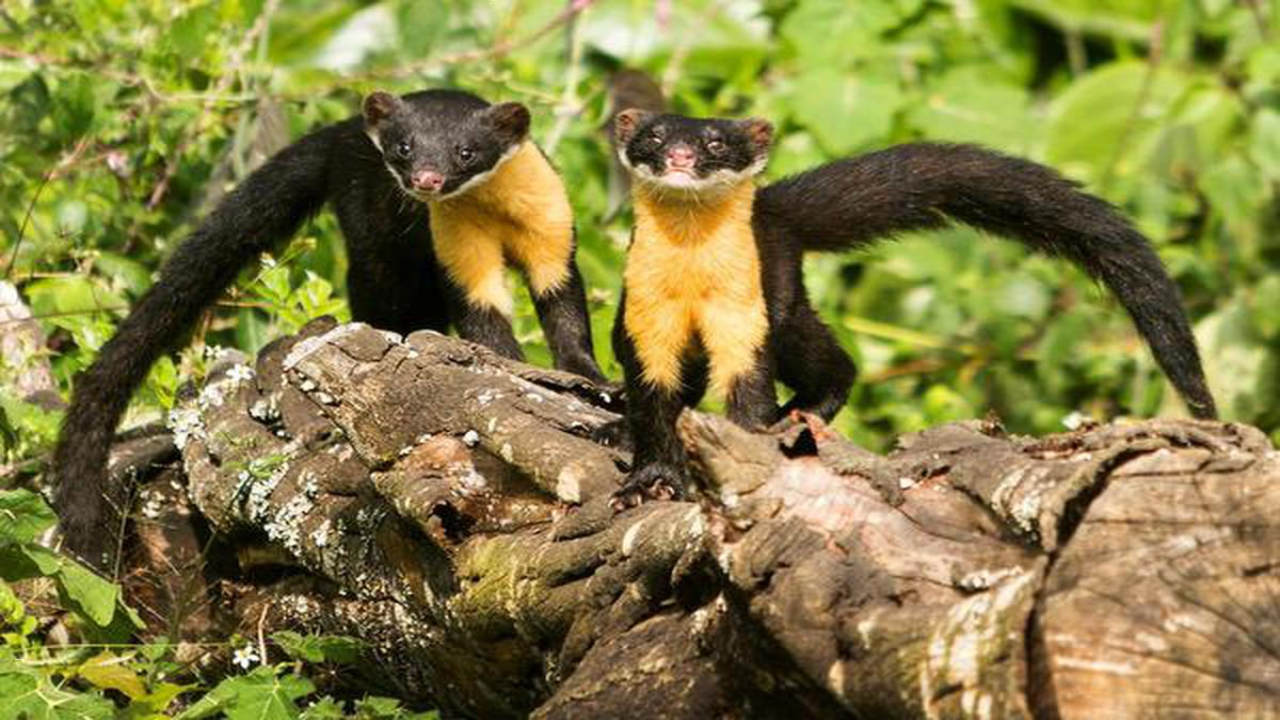Nilgiri Marten – Current Updates (May, 2023)
The Nilgiri marten, a rare species endemic to the Western Ghats, faces significant challenges due to habitat fragmentation and encroachment. A recent study sheds light on the precarious situation of this small carnivore and highlights the urgent need for conservation efforts.
Habitat Distribution and Protection
Despite its rarity, a significant portion of the Nilgiri marten’s habitat lies outside protected areas. Approximately 62 percent of its habitat is at risk, primarily due to development and agricultural activities. This poses a serious threat to the survival of the species.
Population Estimates and Fragility
With an estimated population of fewer than 1,000 individuals in the wild, the Nilgiri marten is categorized as a vulnerable species. The fragmentation of its habitat further weakens the existing population, increasing the risk of local extinctions.
Research Methods and Findings
The study conducted on the distribution and conservation status of the Nilgiri marten employed various techniques, including camera traps, systematic searches, and analysis of secondary records. The results provided valuable insights into the species’ preferred habitats and the anthropogenic threats it faces.
Maximizing Conservation Efforts
To ensure the long-term survival of the Nilgiri marten, a comprehensive approach is necessary. Conservation measures should focus on protecting the existing habitats outside protected areas, especially in Shola ecosystems comprising semi-evergreen and evergreen forests, as well as forest patches interspersed with grasslands and plantations.
Challenges and Losses
Over the past two decades, significant forest areas within the potential habitat of the Nilgiri marten have been lost. Approximately 94 square kilometers of vital habitat have been cleared, primarily due to human activities.
Habitat Clusters and Conservation Priority
The Nilgiri marten is found in five primary habitat clusters in the Western Ghats, namely Brahmagiri, Nilgiris, Anamalai, Cardamom Hills, and Agasthyamalai. These regions demand heightened conservation efforts to protect the species and its unique ecological role.
Month: Current Affairs - May, 2023
Category: Environment Current Affairs






